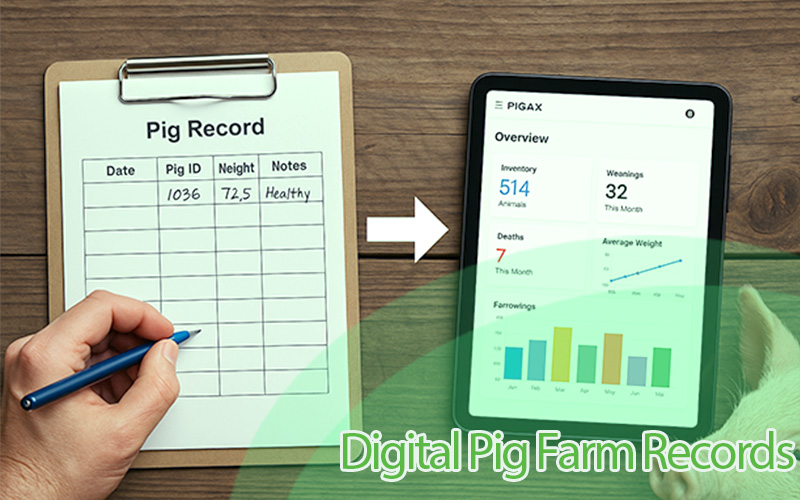Expert Guide to Managing Large Pig Farms
The global pig farming landscape presents a diverse array of operations, ranging from small family farms to large-scale commercial enterprises. Factors such as climate, culture, and economic conditions heavily influence pig farming practices in different regions. Moreover, the increasing demand for pork products and the evolving consumer preferences present exciting opportunities for farmers to expand their operations.
However, managing large pig farms comes with its fair share of challenges and opportunities. In this expert guide, we'll delve into the intricacies of this industry, exploring key factors, best practices, and emerging trends to ensure successful and sustainable pig farm management.
Understanding the structure of Large pig farms
Before embarking on the journey of managing a large pig farm, conducting thorough feasibility studies is essential. These studies assess various aspects, including market demand, resource availability, and potential risks. Selecting the right location and facilities is equally crucial, as factors like proximity to feed sources and access to transportation play a vital role in optimizing operations. Additionally, formulating a comprehensive budget and exploring financing options ensure smooth project execution.
Creating an optimal layout and infrastructure for the pig farm is essential to streamline daily activities and promote pig welfare. Implementing biosecurity measures is a top priority to safeguard pigs from diseases and maintain a healthy herd. Integrating sustainable and eco-friendly designs not only benefits the environment but also contributes to the farm's long-term profitability.
Large Pig farm management tips
Sourcing and Selecting Pig Breeds
Choosing the appropriate pig breeds for large-scale farms is crucial for maximizing productivity and profitability. Evaluating breed characteristics, such as growth rate, feed conversion efficiency, and disease resistance, helps in making informed decisions. Ensuring genetic diversity and health through careful breeding practices ensures a robust and resilient pig population.
Feeding and Nutrition Management
Formulating balanced diets tailored to the specific growth stages of pigs is vital for their overall health and performance. Incorporating nutritional supplements and additives helps optimize growth and supports the pigs' immune systems. Automated feeding systems enhance efficiency by reducing labor costs and ensuring precise feed distribution.
Health and Disease Management
Preventative measures, including vaccination protocols and biosecurity measures, are critical in safeguarding the herd against infectious diseases. Early detection and continuous monitoring of common pig ailments help in timely intervention, minimizing the impact on production. Implementing quarantine procedures and biocontainment protocols prevent the spread of diseases among animals.
Waste Management and Environmental Considerations
Proper handling and disposal of pig waste are essential for environmental sustainability and public health. Adopting eco-friendly waste management techniques, such as composting or biogas production, can turn waste into valuable resources. Compliance with environmental regulations ensures that the farm operates responsibly and mitigates its impact on surrounding ecosystems.
Workforce and Staff Management
Hiring skilled workers and farm staff who are knowledgeable about pig farming is crucial for efficient operations. Regular training and continuous education programs help keep the workforce updated on the latest advancements in pig farming practices. Prioritizing the safety and well-being of workers ensures a positive and productive work environment.
Technology and Automation in Pig Farming
The integration of cutting-edge technologies, such as Automated data collection and analytics offers valuable insights into herd performance and health, enabling data-driven decision-making. Smart monitoring and control systems provide real-time oversight, allowing farmers to remotely manage critical aspects of the farm. Pig management software like pigax can be used to manage all farm operations effectively.
Marketing and Distribution Strategies
Identifying target markets and understanding customer preferences is essential for positioning the farm's products effectively. Creating a strong brand presence enhances consumer trust and loyalty. Establishing efficient distribution channels ensures that products reach customers promptly and in optimal condition.
Conclusion
In conclusion, managing large pig farms requires comprehensive knowledge, meticulous planning, and adaptive strategies. Understanding the industry's significance, utilizing best practices, and embracing technological advancements are key to thriving in this dynamic sector. By prioritizing pig welfare, sustainability, and innovation, farmers can navigate challenges and embark on a prosperous future in pig farming.




